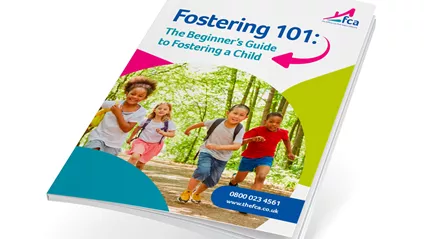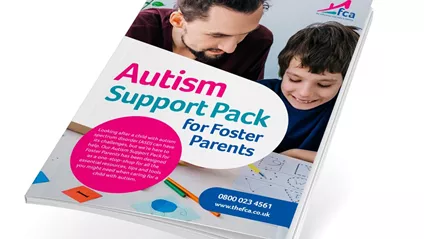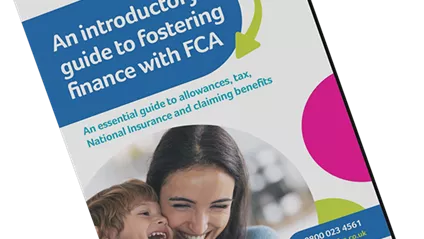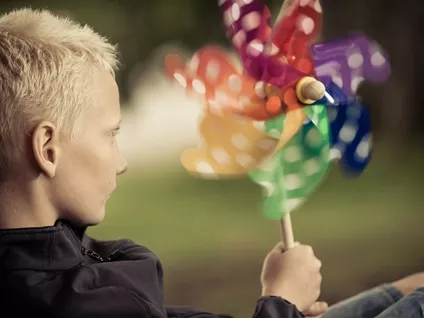Fostering advice
Latest Blogs
Fostering guides & downloads

Fostering 101: The Beginner’s Guide to Fostering a Child

A Complete Guide on How to Transfer Fostering Agency

How to Foster a Child with Trauma

A Foster Parent’s Guide to Complex Trauma in Children

How to Foster a Child with Autism

Autism Support Pack for Foster Parents

Our Fostering Finance Guide tells you everything you need to know about allowances, tax, National Insurance and claiming benefits whilst fostering.
Can’t find what you’re looking for?
By Phone
Call a member of our friendly fostering team and they’ll be able to answer all your questions
By Email
Email our team by completing our online enquiry form
Visit an office
We are always happy for you to pop in for a chat









